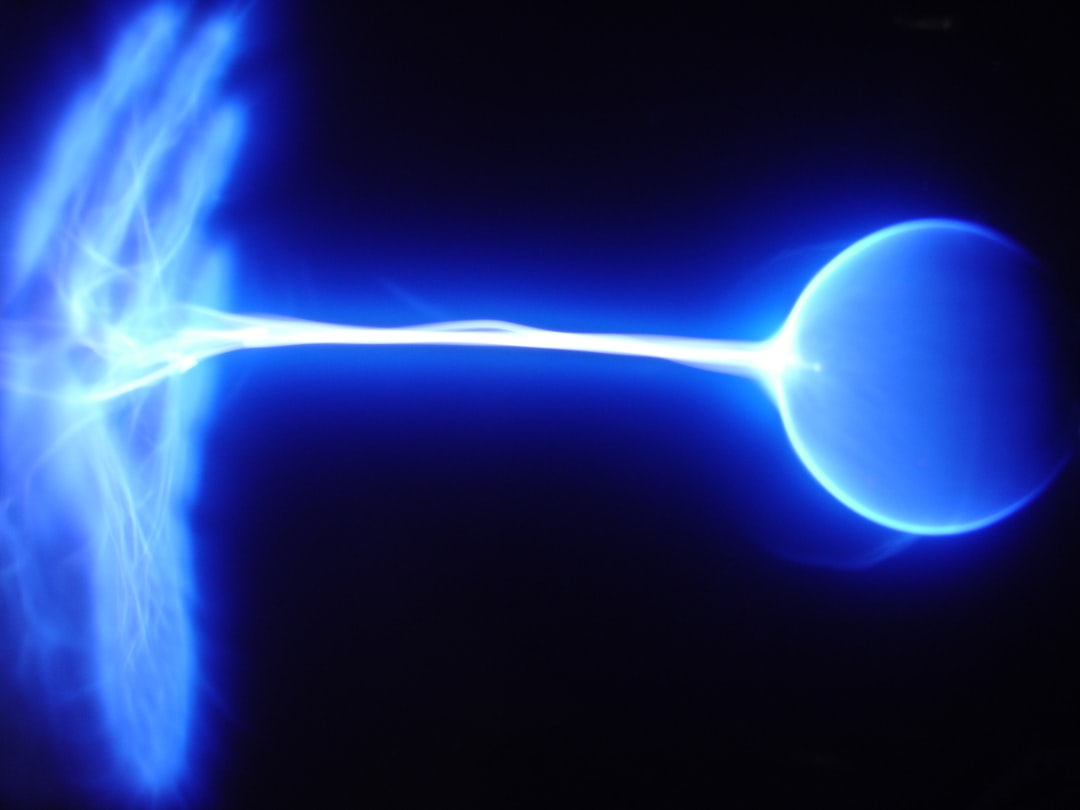What is it about?
High-valent Fe-OH species are often invoked as key intermediates but have only been observed in Compound II of cytochrome P450s. To further address the properties of non-heme FeIV-OH complexes, we demonstrate the reversible protonation of a synthetic FeIV-oxo species containing a tris-urea tripodal ligand. The same protonated FeIV-oxo species can be prepared via oxidation, suggesting that a putative FeV-oxo species was initially generated. Computational, Mössbauer, XAS, and NRVS studies indicate that protonation of the FeIV-oxo complex most likely occurs on the tripodal ligand, which undergoes a structural change that results in the formation of a new intramolecular H-bond with the oxido ligand that aids in stabilizing the protonated adduct. We suggest that similar protonated high-valent Fe-oxo species may occur in the active sites of proteins. This finding further argues for caution when assigning unverified high-valent Fe-OH species to mechanisms.
Featured Image
Why is it important?
The computational chemistry findings, together with X-ray Absorption Spectroscopy (XAS) and Nuclear Resonance Vibrational Spectroscopy (NRVS) clearly indicate that protonation of the Fe(IV)-oxo complex most likely occurs on the tripodal ligand. It suggests that similar protonated high-valent Fe-oxo species may occur in the active sites of proteins. This finding further argues for caution when assigning unverified high-valent Fe-OH species to mechanisms.
Perspectives
One of the Plenary Speakers of the Girona Seminar, Prof. Borovik (UC Irvine), asked Prof. Swart for his help in understanding where the proton goes in a high-valent “Fe(IV)-hydroxo” complex. Together with Adrià Romero, they were able to figure out that there were four viable possibilities where the proton would be either at the “oxo”-oxygen, at the neighboring urea unit (directly at the nitrogen, or on the urea oxygen after rotation), or even located at a carbonyl that is further away. This is a prime example of the importance of computational chemistry for understanding complex situations in transition-metal chemistry.
Professor Marcel Swart
ICREA & Universitat de Girona
Read the Original
This page is a summary of: Reactivity of an FeIV-Oxo Complex with Protons and Oxidants, Journal of the American Chemical Society, October 2016, American Chemical Society (ACS),
DOI: 10.1021/jacs.6b07633.
You can read the full text:
Contributors
The following have contributed to this page










